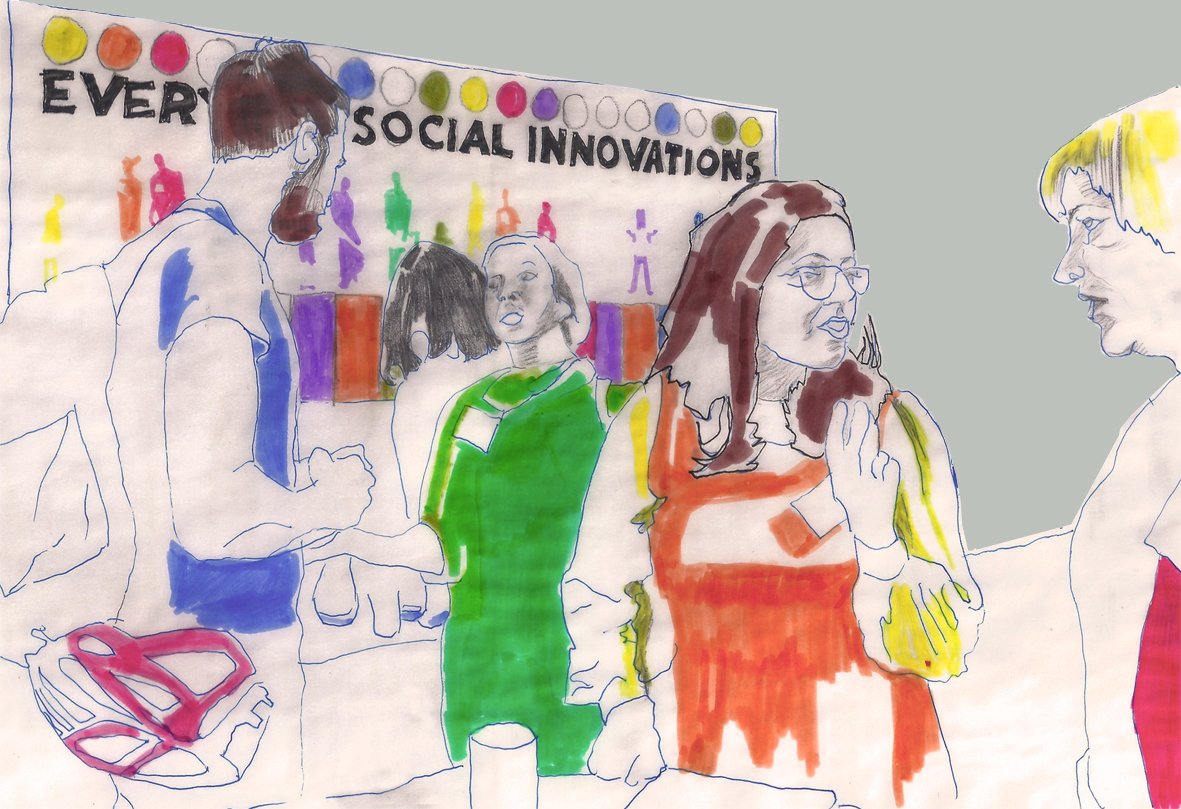The rise of 3D printing puts ad practitioners in an awkward position of having to learn how to broaden their vision of brand expression and decide whether their outputs are adding value, according to TBWA’s Aki Spicer. Spicer of Fast Company discusses how 3D printing (a.k.a. additive manufacturing) may be the next piece of technology that becomes as regular as the desktop or laptop; or it may just be burning out it’s gas in the first lap and end up keeling over five minutes into the race.
Traditional 3D printing has been around for a while. It was created in 1984 by Chuck Hull of 3D Systems Corp. Granted, we had to wear ugly, cardboard glasses with one red eye and one blue eye, it was still 3D, and it was still pretty cool. But did it attract me to whatever I was reading more? I’m not sure; I am sure that the main thing drawing my seven-year-old, ADHD-induced attention to the comic book or magazine was the fact that it was indeed 3D.
The Psychology of 3D Advertising
There are two distinct functions of perceiving objects and ideas that brain innately operates upon.
The first is the brain’s function of perceiving things in the future. For example, if your friend holds a glass of water out to you, gesturing you to take it, you don’t think “that person is holding a glass of water in front of me and he wants me to take it”; instead, you’re already imagining yourself holding the glass of water as you receive it. The mind lives in the future, but if something else entirely different happens than what the mind has predicted, it becomes temporarily shocked, and perceives everything that happens in that moment; the glass of water falls to the grand and you watch as glass and water explodes everywhere like a WWII Daisy Cutter. You can’t believe it happened. How could it have happened? You then go to grab a broom, as you imagine yourself sweeping the glass off the floor.
The second function is the brain’s ability to test drive situations before being experienced. Our mind is able to imagine ourselves doing things and predict how doing them will make us feel. And what’s even more unbelievable is that our mind has mastered this advanced trick so well that we don’t even have to remember to do it; it just happens.
For instance, even though most of us haven’t tried the combination of hot sauce and Raisin Bran, we can all pretty much imagine what it would taste like, and most people (I hope) would veto the option. Another great example is how baseball umpires are known for replaying “the play” in their head before calling if the runner is out or safe, strike or no strike; hence the slight delay right before they make a call.
To print or not to print?
One could say that these two functions of the brain challenge the impact and relevance of 3D printing in the world of advertising. Will these 3D advertisements be obsolete to our already 3D imaging brains? And why would I want to look at a 3D mustang that’s been printed when I can just walk into the store and look at a real one?
On the other hand, 3D printing has a lot of great qualities that could add to the user experience and provide a unique way to stand out. From a psychological perspective, the ads could reinforce the innate feelings to test drive situations before we feel them; it could strengthen them. It could also foster the prediction of the future-living mind and reinforce the assumption that “whatever this product is, it’s going to make me much happier than I am right now.”
Spicer says that the 3D printings could bridge that gap between virtual and physical crafts and inject a kind of “homely” feel into the products created. No more plastic molds or cheesy ads. Real, 3D objects that give you the exact essence of what you truly want. Also, 3D ads could help feed the already predictive mind and help users imagine what eating that burger or riding in that car would be like.
How should 3D printing be applied to your business?
According to Xath Cruz of Cloud Times, 3D printing technology is still waiting for a company to develop a product that makes it available for public use. The technology needs to be easily accessible. Cruz says that if this happens, it will become an indispensable part of the industry.
Cruz also discusses how companies like Sculpteo offer 3D printing services via cloud for consumer to buy, render and design their own items using tools and computing power leased by the service provider. Additionally, the cloud allows users to upload their ideas to by sculpted using the company’s cloud-based application, which is available on smartphones and tablets.
A newer, more industrial 3D printer by MakerBot: Replicator 2 – courtesy of Cloudtimes.orgBrianne Boysen from Strategic America states the 3D printing is a technology that can provide “mass personalization” to company’s products, services and marketing campaigns. She discusses Google’s ad “Uncover Your World” using adMob rich media, which took users on a interactive experience, exploring a city that was composed of models built by a 3D printer. Users spent a minute and a half on average interacting with the ad, and 50% dowloaded the app.
And let’s not forget about the applicability of the 3D printer in business, and in particular, production. Miriam Kramer from Space.com reported that a 3D printed rocket engine injector has passed a major NASA test and could potentially bring in a new age of propulsion-system manufacturing. Michael Gazarik, NASA’s Associate Administrator for Space Technology stated:
Tyler Hickman and technicians assemble 3D printed rocket injector in Glenn Research Center – courtesy of nbcnews.com“3D manufacturing offers opportunities to optimize the fit, form and delivery systems of materials that will enable our space missions while directly benefiting American businesses here on Earth”.
Spicer states that when the first at home computer was released, few advocates predicted that every home in America would eventually have one, while many dissented. We obviously know who won that argument. It has also become apparent that 3D printing could have a place in the manufacturing of propulsion systems, which translates to all types of machine parts. Google proved that an interactive ad based around 3D printing caused a major boost in that applications download activity. It’s hard to predict what will happen in the future with 3D printing. The real question is, could it be the next way for you to reach your target audience?
Trevor Micklow is a business writer and content curator based out of Chicago, IL. US. He specializes in digital strategies, social media, psychology, executive education and business school related topics. He has been working and coordinating the general content of IntelligentHQ’s business school directory, which gives key information and programme details on the top business schools in the world. He has a BS, Psychology from Central Michigan University.


























